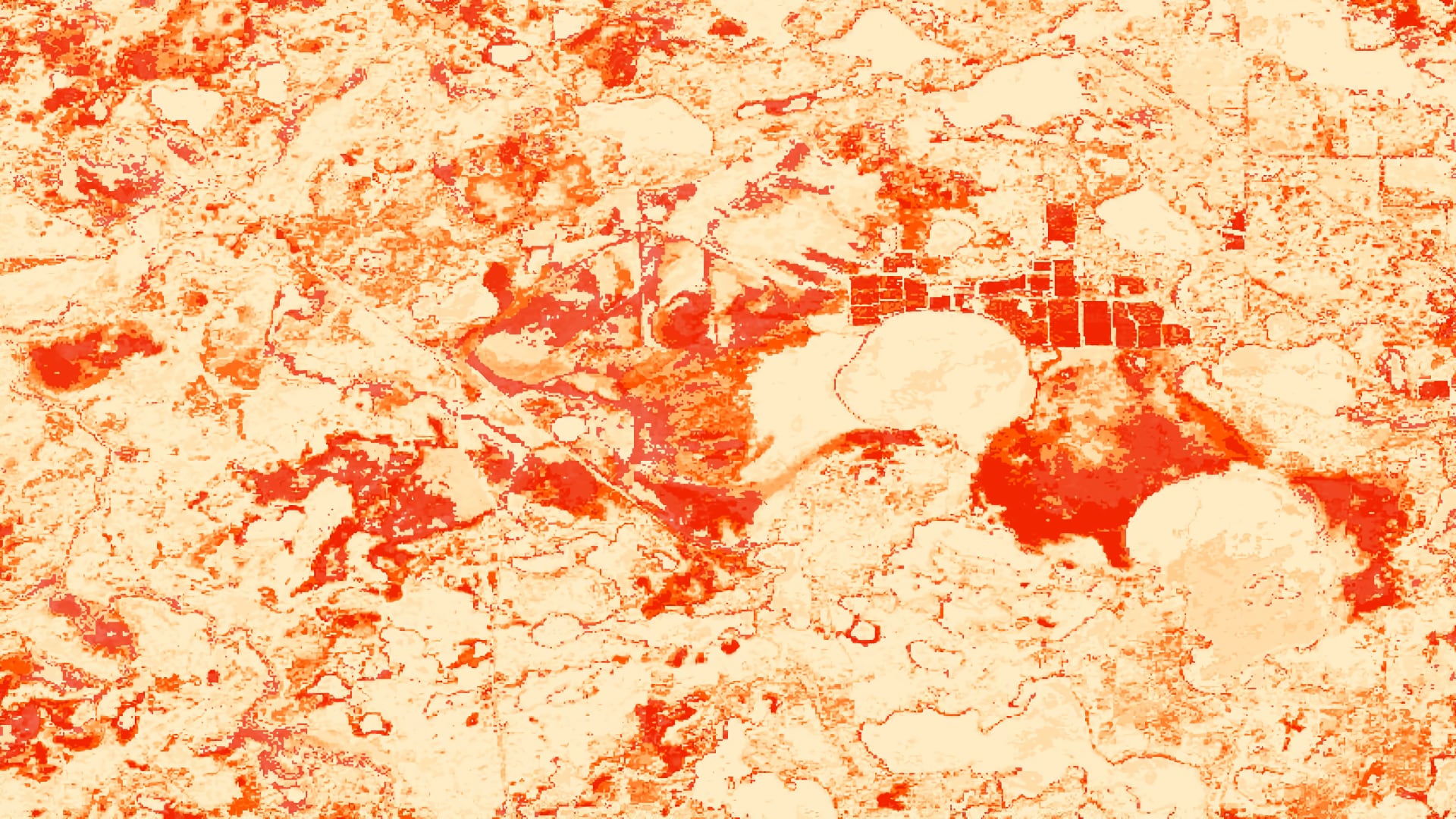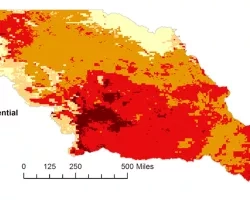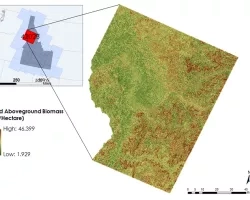
Crop wild relatives (CWR) are genetically related to cultivated crops and function as repositories for genetic diversity. These plants have the potential to improve the yield, nutritional value, and resilience of crops, thereby buffering against widespread crop failure and supporting rural economic productivity. As such, our partners at the United States Department of Agriculture’s Agricultural Research Service (USDA ARS) National Plant Germplasm System (NPGS) are tasked with preserving CWRs. This project focused on two species of the Vaccinium L. genus: Vaccinium oxycoccos (small cranberry) and Vaccinium macrocarpon (large cranberry). The species in this genus are critical to preserving both in situ and ex situ, given their relatively low genetic diversity and scarcity in seed banks. Currently, the NPGS relies primarily on species distribution modeling approaches, such as Maximum Entropy (MaxEnt), to predict suitable habitats for CWRs. In order to refine these modeling approaches, the NASA DEVELOP team incorporated Sentinel-1 Synthetic Aperture Radar (SAR), Shuttle Radar Topography Mission (SRTM), and Landsat 8 Operational Land Imager (OLI) data into NPGS’s existing predictive strategies. The team provided a comprehensive tutorial outlining the methodology so that stakeholders can implement these processes in future conservation efforts.



